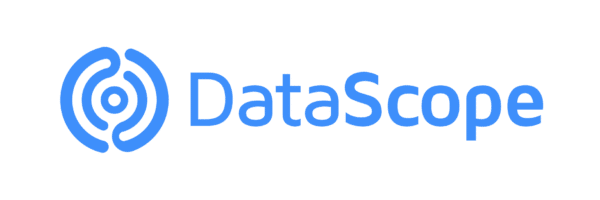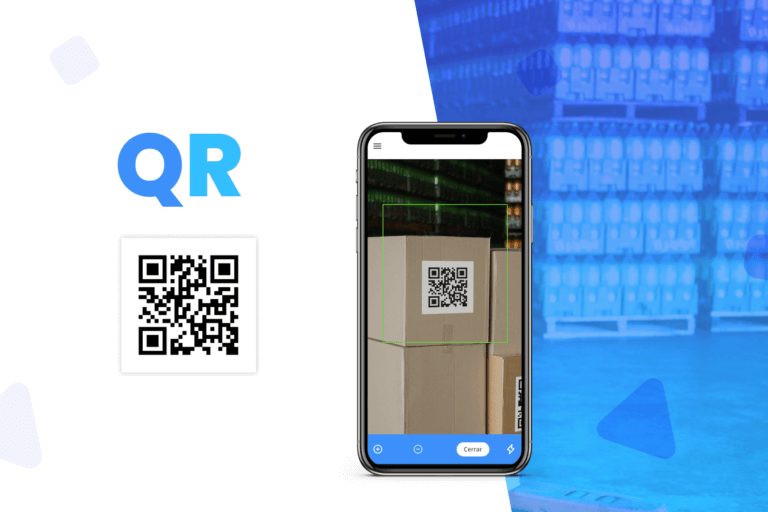Sooner or later companies big and small, when faced to the need of adopting technology or software solutions in order to subsist in an increasingly complex and dynamic market, must choose between two alternatives to handle this incorporation: buy or build.
The first alternative is to buy the software or the technology to an external supplier and adapt it for their own purposes. The second option involves embarking in an in-house production of the tool, to give it the company’s identity stamp, and so it can answer exactly to what the company needs.
Then again, between buy or build, what is the best way to go? At first, both alternatives are valid: the right election depends on each company. But if we don’t want to stop there it’s wise to evaluate which elements a company must take into consideration, based on the previous accumulated experience, thanks to Business2community.com.
- Time to market
Most third-party software can be integrated into your app in mere minutes, often with minimal to no technical resources. An in-house solution, on the other hand, can take a dedicated team months to develop. According to a VMWare survey of IT decision makers, the average medium-sized IT project in 2014 took five months to complete, with 17% of respondents reporting average projects taking between 7-18 months.
To further complicate matters, large in-house IT projects are notorious for exceeding their anticipated timelines. A report by the Apigee Institute found that as many as 27% of app deployments exceeded their timelines. Additional research by McKinsey found that 7% of large IT projects were delivered late. Neither of these figures account for the 19% of projects that were considered failures and never reached market, and the 52% of projects that came in over budget or with sacrificed functionality, according to the Standish Group’s 2015 CHAOS Report. The study further found the larger the project, the lower the likelihood for success.
- Total cost of ownership
For in-house solutions, pricing is rarely predictable. According to a McKinsey survey of IT executives, large IT projects run over budget 45% of the time, while delivering 56% less value than planned. The same study found that 17% of projects go so bad that they “threaten the very existence of the company.” These high-impact overruns, often referred to as “black swans,” see budget overruns of anywhere between 200 and 400% and can end in project abandonment or even bankruptcy. An earlier study by the Harvard Business Review found the same result, where one out of every six large IT projects the researchers studied fell into this “black swan” category.
Additionally, consider your opportunity costs: If you allocate existing resources to building and maintaining this software, what will you have to give up? Where are you taking resources away from? Effective in-house solutions typically require a dedicated team, meaning you’ll have to permanently move developer talent away from current projects or hire additional hands. To assess your opportunity cost, consider the best use of that talent and where your top developers can have the highest impact.
- Features and functionality
With in-house solutions, you have unlimited flexibility to create a product that meets your goals. As we saw in prior research cited, however, this advantage can be deceiving. 56% of large IT projects fall short of their original vision and are launched with sacrificed features and value (McKinsey) and project success rates inversely correlate with the complexity of its features, accounting for the 19% of projects that never reach market (Standish Group).
With third-party software, customizability can be limited. You do, however, have the freedom to shop around and evaluate competing vendors on the basis of features and functionality to find the product that best meets your needs. Often, you can even try out software, through demos, trials, and proofs of concepts, at no risk. You might even be able to negotiate future features in your contract for a premium if you represent a potential significant portion of the third-party’s business.
- Knowledge and expertise
With third-party software, you receive both the technology and the expertise. Most enterprise plans offer a dedicated customer success representative who can help you get the most out of the software. These on-staff experts know the art behind the science, having worked with clients of all sizes to pioneer best practices, and can work with you to create a personalized plan for success.
In-house solutions may have the technology down, but still see inferior results without the same level of subject matter expertise unless the software falls directly into the business’ core competency.
- Core competencies
Finally, ask yourself: Is my core competency aligned with building great CEM software, such that it would be faster, cheaper, or more effective to build the software in-house?
If you can confidently answer “yes” to the question above, building the software you need in-house will be to your advantage.
If, however, you’re even a little uncertain, delegating the business function that software solves to a third-party can save you the future headaches and risk associated with software development. The buy or build choice isn’t a matter of weakness or defeat; it’s a matter of resource allocation. You’re making the decision to conserve your limited resources—time, money, and most importantly, talent—and investing those resources into areas with higher dividends: the core features of your app.
DataScope is a platform which allows various industries to streamline, organize and evaluate the work of their field staffs thanks to online forms which provide real time indicators 100% adaptable to any field.








